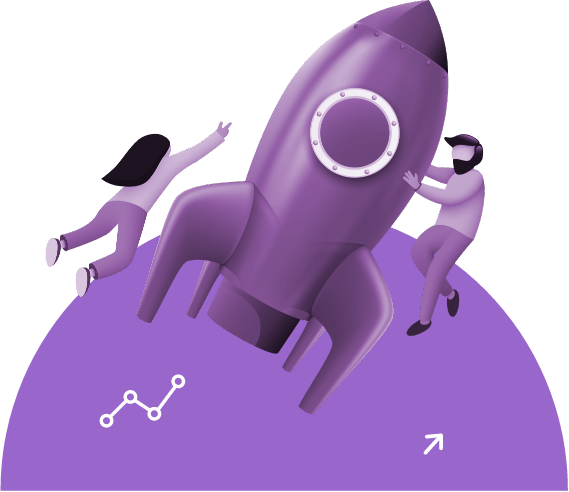
Web Design Services – Custom Web Design Services For Websites
Despite the many aesthetically pleasing pre-designed templates to choose from, they only provide a basic structure and elements that can only be altered to some extent. The downside is being limited by generic pre-sets that don’t allow customization to fit specific needs, functions, and branding.
This is where web design comes in. By using customizable web designs, you’ll have the option to include user-friendly layouts and graphics that are unique to your company. Not only does this help you stand out from the rest, but you will also be able to tailor the website to your specific needs. If you wish to incorporate an e-commerce website design that can support shopping carts and secure payments, for example, this would have been impossible on basic web design presets.
What is
Web Design?
Last but not least, Private Blog Networks (PBNs) are a contentious SEO tactic that entails developing a network of related websites purely for the Web design involves a group of professionals who recreate websites to fit clients’ needs in terms of their layout, color schemes, font types, graphics, and content. The idea is to improve overall website functionality and user experience.
This includes making sure all user interfaces are working properly and pointing to the right resources. Ultimately, the end goal is to design a website that is not only unique, but visually pleasing, easy to navigate, and functional.
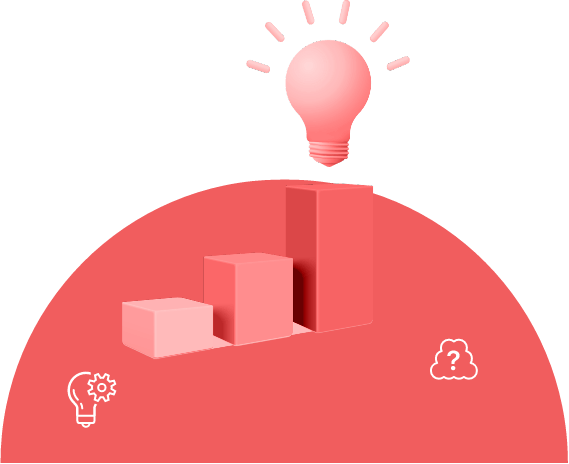
The Principles of Design in an Effective Website
Many things make up an effective website, but its core should include some key principles of design

Balance
Balance is key in making sure that everything is in order without the clutter. There should always be a good spread of visuals that comfortably guide the eyes across the website to engage users.
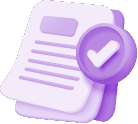
Contrast
The effect that contrast has is the ability to draw attention to important details on your page. A smart play on web designing is to experiment with varying fonts, contrasting colors, images, and buttons to draw the eyes to key points on your webpage where users can be prompted to respond with action.
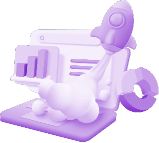
Emphasis
This then leads to emphasis where we can further narrow down the user’s attention to crucial elements on your page, including what they should see next. Web design allows us to play with specific placements to entice and manipulate engagement.
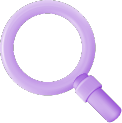
Movement
Another key principle in web design is to add movement. There’s just something very powerful and memorable about movement that catches the eye. Hence, it should always be applied and used as visual cues that are placed strategically to guide users on the website.

Rhythm
When there is too much repetition in a web design, rhythm can also make a difference by making the website more interactive instead of seeing the same theme. Even an addition of a tiny rhythmic pattern in the corner can change the entire outlook of your website.

Hierarchy
However, out of all the design principles, hierarchy plays the most important role of all. It gives the website its structure and defines its navigation. A good web design should be intuitive and have a good understanding of how users navigate through the website. You want your readers to know where they can find what they need.

White Space
Still, one should never underestimate the good use of white space in web design that allows users to get brief breaks from content. Not only does it give it that clean look, but it also cuts down clutter for a more minimalistic approach.

Unity
And of course, to tie everything together, unity is a must in a good web design to achieve that balanced cohesive look.

What are Website layouts and their importance For Web Design?
A website layout is essentially the floor plan or blueprint of your website that dictates where everything goes: text content, images, videos, buttons, tabs, and so forth. It is crucial to have a well-structured layout so that users can navigate through your website intuitively. This aids in easy access to information.
A good layout that responds well across all devices can also pave the way for future mobile app development. showcases your brand identity and ensures optimal user experience for all who visit.
Types of Functional Components of
Web Design
The functional components of web design are the foundation for your website because not only does it have to look professional, but it should be efficient and interactive enough to encourage user engagement.

Navigation
Again, navigation plays a key role here in ensuring that users can find the information they want with minimal clicks. Simply put, navigation is essentially the map of your website. When you add menus, tabs, search bars, and buttons intuitively in a custom web design, you’re empowering your user to explore your website easily.

Speed
Speed is everything these days. Even search engines tend to favor faster-loading sites for ranking. Besides, nobody likes wasting time waiting on an image-heavy website that takes forever to load. Custom web designs can help to improve loading times so that users continue to stay on your page and are less likely to click away in frustration.
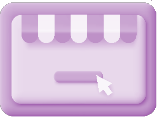
SEO(Search Engine Optimization)
As the name suggests, hiring a web design team to optimize the content on your website can boost your website’s ranking on search engine results pages (SERPs). The higher your website ranks on those pages, the more likely it will be for potential customers to find you.

UX(User Experience)
Despite everything, it would still be difficult to maintain traffic if your website isn’t user-centric. There’s a lot of planning that goes into ensuring that your website is accessible to everyone, including those with disabilities. You need to take into account the general architecture and structure of your content. A website that is functional, engaging, and efficient is what will keep your users satisfied.
Different Visual Elements of
Web Design
The website header usually contains the company logo and main navigation panel. Copyright information, other small print, socials, and contacts are commonly placed on the website footer. Choosing a relevant color scheme that compliments your company branding is important too. Likewise, clear typography and a suitable website background would make for easy reading and wouldn’t distract attention from the images and animation placed.

Responsive vs Adaptive Web Design
Although both are great and geared towards improving user experience across various devices, they achieve this in different ways, as shown in the table below:
| Feature | Responsive Web Design | Adaptive Web Design |
|---|---|---|
| Layouts | Single, flexible layout | Multiple pre-defined layouts |
| Device Optimization | Adapts to all screen sizes | Optimized for specific device categories |
| Implementation | Easier and faster | More complex, and requires multiple layouts |
| User Experience | Smooth, dynamic adjustment | Tailored experience for each device type |
Choosing the right one to support your goal will rely on specific needs and available resources.

Web Design vs Website Development
Both web design and website development play huge roles in bringing life to a website. Despite the saying same, same, but different, web design handles the visual side of what you would expect to see on the website, whereas the web development team constructs it in code.
Top 3 Web Design
Platforms
Currently, 3 top web design platforms are in demand because they are easy to use, flexible and customizable, affordable, offer SEO and marketing features, and have active community support that shares resources

WordPress Web Design
As such, WordPress Web Design has emerged as a popular platform, offering a user-friendly content management system (CMS) and a vast ecosystem of themes and plugins.

Shopify Web Design
Shopify Web Design on the other hand has become a go-to solution for building online stores, providing a comprehensive e-commerce platform with built-in features for product management, checkout, and marketing.
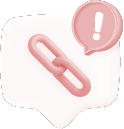
Ecommerce Web Design
Ecommerce Web Design encompasses various platforms like WooCommerce, Magento, and BigCommerce, catering to businesses of all sizes with robust e-commerce capabilities and customizable designs.
Useful
Web design tools
There are also plenty of user-friendly web design tools available, like Figma, Sketch, Marker.io, Adobe XD, and Canva.

Schedule a Web Design Consultation With Highground.asia Today
Curious? Why not schedule a Web Design Consultation With Highground.asia today? We will gladly answer all your questions and provide you with more information.


